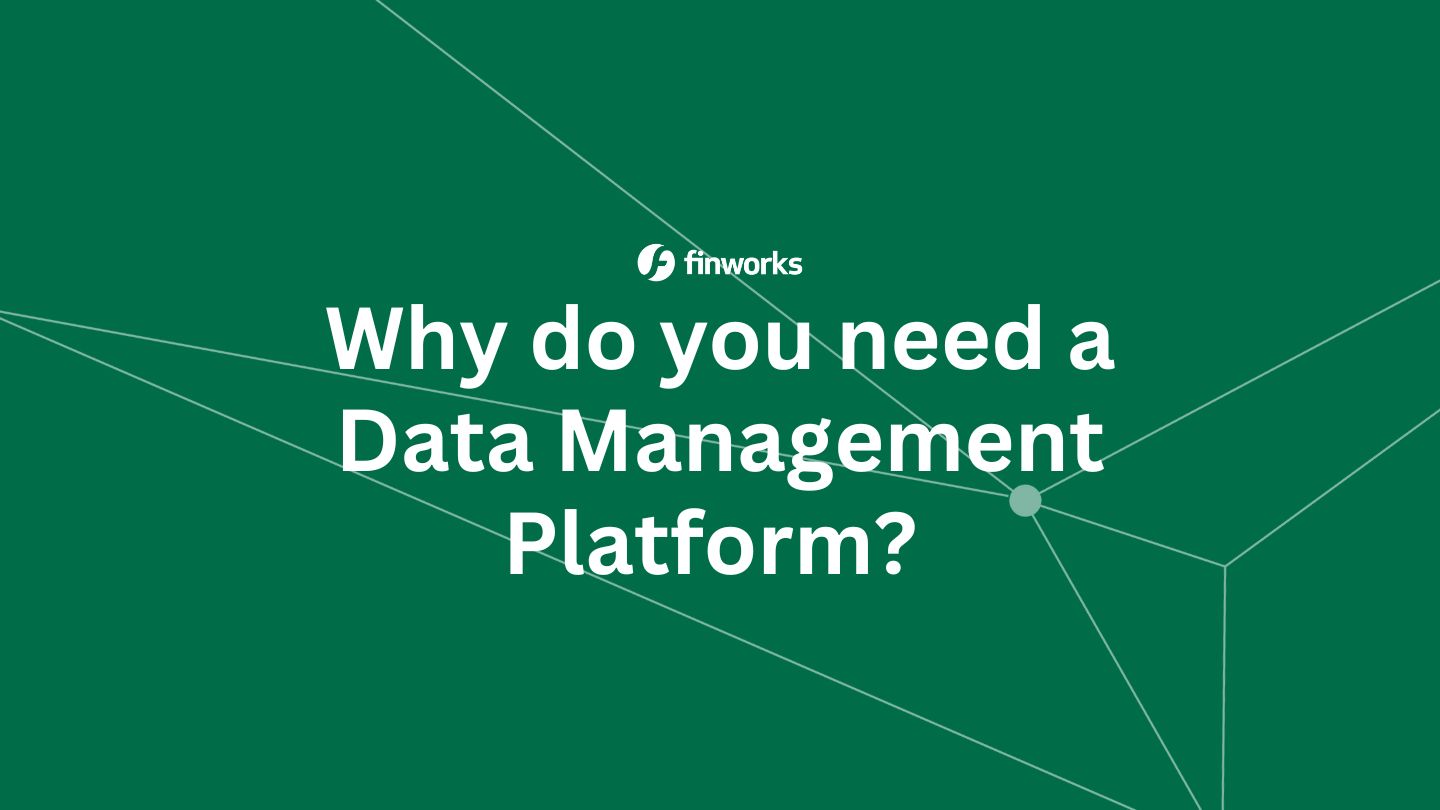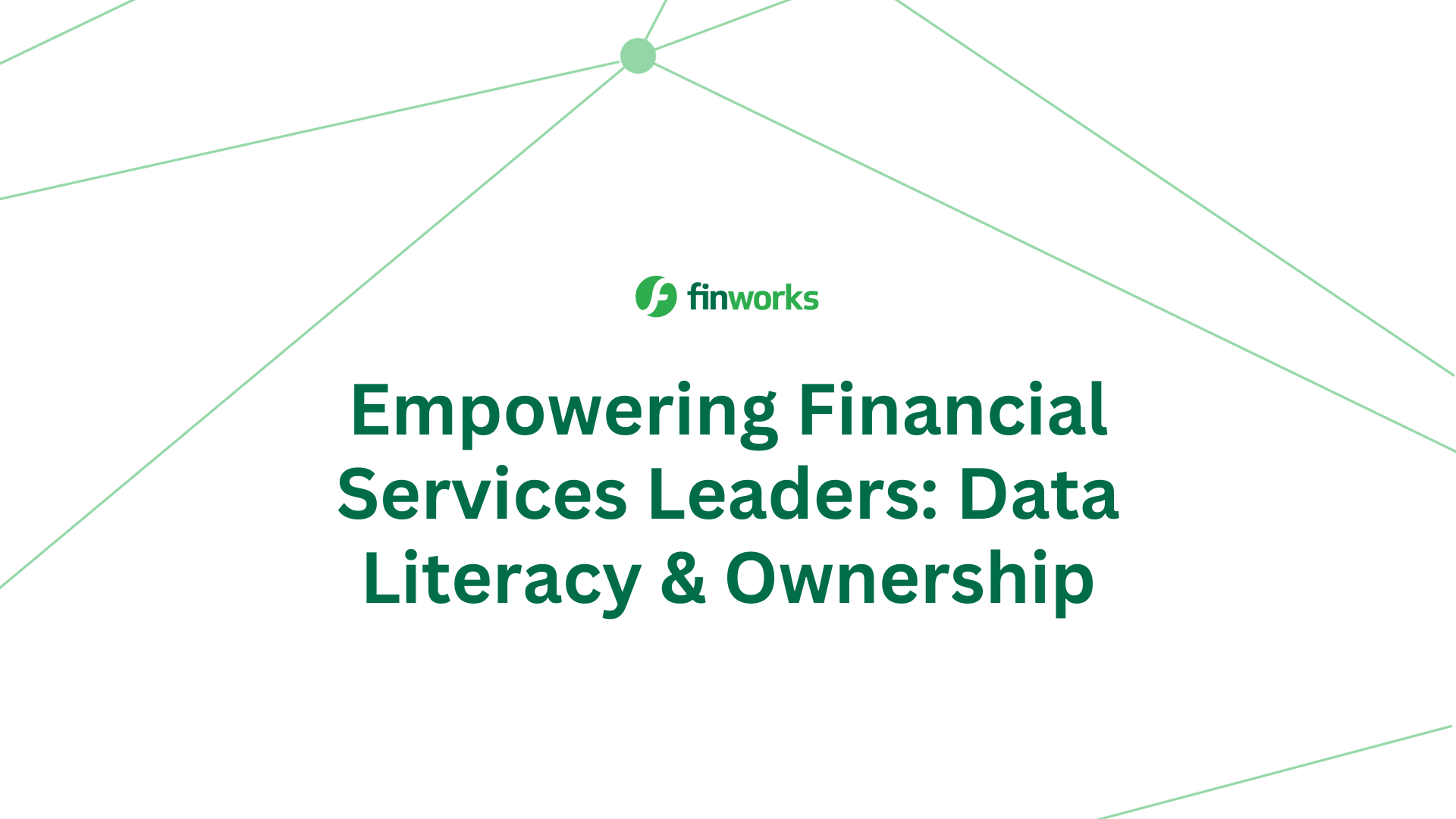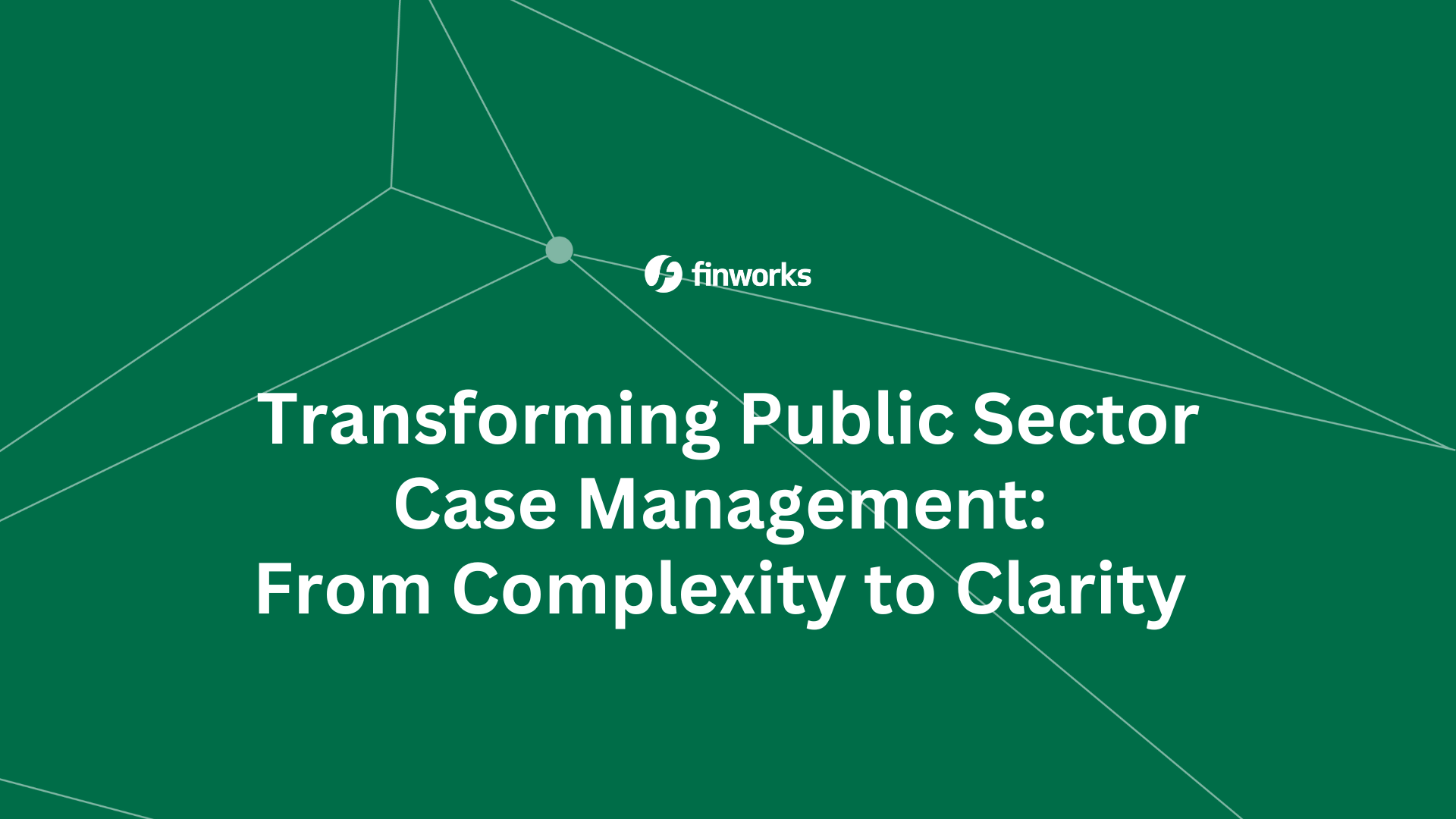The Importance of a Data Management Platform
Every day, the amount of data that businesses must manage increases exponentially. The ability to effectively organise, secure, and analyse this data can provide your company with the competitive advantage it requires to achieve its long-term goals. However, this can be difficult to achieve.
Many organisations must deal with many structured and unstructured data sources that constantly input innumerable data points daily. This raw data is then routed through a complex data pipeline, where it may be incorrectly altered or have its quality reduced at any point.
The data needs to be accessible so that analytics programmes can easily retrieve it and display valuable insights to business leaders for them to make better decisions. Organisations solve their data challenges by implementing a data management platform.
What is a data management platform?
Data management is the process of gathering, cleansing, organising, securing, and storing an organisation's data to analyse it for business decisions. Data management solutions are becoming increasingly important as organisations generate and consume data at unprecedented rates. The most advanced data management software available today ensures that reliable data is always used to drive decisions.
The various layers or components that comprise effective data management are referred to as data platform architecture. According to data architecture principles, your data management platform must cover five significant layers:
- A layer of data ingestion
- A layer of data storage
- A layer of data processing
- A layer of user interface
- A layer of data pipeline
Why is data management important?
Data management is a critical first step toward implementing effective data analysis at scale. People across an organisation can find and access quality data with effective data management. Some of the advantages of a good data management solution are as follows:
Visibility
Data management can improve the visibility of your organisation's data assets, making it easier for users to find the correct data swiftly and confidently for their analysis. Data visibility allows your organisation to be more organised and efficient by helping users to discover the data they need to accomplish their jobs better.
Reliability
Data management reduces potential errors by establishing usage workflows and validating the data used to make decisions throughout your organisation. Companies that have reliable, up-to-date data can respond to market changes and business needs more efficiently.
Security
Data management uses validation and encryption tools to protect your organisation and employees from data losses, thefts, and breaches. Strong data security ensures that business-critical information is backed up and retrievable if the primary source becomes unavailable.
Furthermore, security becomes increasingly important if your data contains any personally identifiable information that must be carefully managed to comply with applicable laws and regulations.
Scalability
Data management enables organisations to effectively scale data and usage occasions through workflows that keep data and metadata up to date. When processes are simple to replicate, your organisation can avoid unnecessary duplication, such as conducting the same research over and over or re-running costly queries.
Data management continues to evolve to address data challenges
Big data is typically complex. In addition to its variety and volume, it frequently includes streaming data and other types of data sets that are generated and updated at a rapid pace.
Modern data management software must address several challenges to ensure that reliable and quality data can be obtained.
Increased data volumes
Big data sets are often very large and require solutions that are performant and scalable. Furthermore, data is frequently distributed across multiple processing platforms and storage repositories. The size of the data volumes typically involved makes it challenging to manage all the data effectively.
Data quality challenges
Big data environments frequently contain raw data that has not yet been cleansed, such as data from multiple source systems that may not be filtered or formatted consistently. This makes data quality management difficult for teams, which must identify and correct data errors, variances, duplicate entries, and other problems in data sets.
Preparing data for analytics
Data preparation for advanced analytics can be time-consuming, and big data makes it even more difficult. For individual applications, raw data sets must frequently be consolidated, filtered, organised, and validated. The distributed nature of big data systems further complicates efforts to collect the necessary data.
Governing big data sets
Without proper data governance oversight, data from disparate sources may not be harmonised, and sensitive data may be collected and misused. Governing big data environments presents new challenges due to the unstructured and semi-structured data contained within them and the frequent inclusion of external data sources.
Data management solution recommendations
In today's digital environment, data management solutions must evolve to meet your organisation's data needs. Big data challenges are best met by following recommendations to ensure transparency, change management and responsible design.
Establish data management best practices
Implementing best practices can help your organisation in addressing and maximising the advantages of some data management challenges. Make the most of your data by implementing an effective data management strategy.
Clearly identify your business goals
Organisations should develop a big data strategic plan that defines business goals, assesses data needs, and maps out application and system deployments. A review of data management skills and the process should also be included in the strategy to determine any gaps that need to be filled.
Focus on the quality of data
Develop a data management system to provide reliable data to your organisation. And put processes in place to enhance the quality of that data.
Establish goals to streamline your data collection and storage, and make sure to check for accuracy regularly so that data does not become outdated or bland in any way that could negatively impact analytics. Data quality goes beyond accuracy to encompass standards for completeness, timeliness, consistency and uniqueness.
Ensure the right people have access to data
You must ensure that the right people have access to the data when and where they need it. Instead of issuing explicit rules to everyone in the company, it is often preferable to set up different levels of permissions so that each person has access to the relevant data to do their job. It can be challenging to strike the correct balance between security and convenience, but if your team is unable to access the data they require efficiently, this opens up the organisation to significant risks.
Put governance controls in place
While governing big data is difficult, it is necessary, along with strict user access controls and data security protections. This is partly to assist organisations in complying with data privacy laws that govern the collection and use of personal data. But well-governed data can result in higher-quality and more accurate analytics.
Design and implement a solid architecture
A well-designed big data architecture includes multiple layers of systems that support data management activities such as data ingestion, processing, data storage, and data quality, integration, and preparation.
Find an effective data management platform
The ever-increasing rate of innovation drives the evolution of new software and applications. Innovation is particularly important for data management and analytics solutions, as top-tier organisations must be data-driven.
The Finworks Data Platform stands at the forefront of data management solutions for both public and private organisations. Its core strength lies in its robust architecture and advanced functionality, which enables the standardisation of data management, leading to unparalleled data clarity, control, and quality.
The Finworks Data Platform ensures that your data is readily available and in the right format whenever and wherever you need it. It allows the seamless acquisition of a wide range of data sources and thoroughly validates the data to make it easily accessible and reliable. With Finworks, data quality is optimised to fit its intended purpose. By leveraging powerful data management capabilities, the platform ensures that data is accurate, consistent, and relevant, thus enabling organisations to make well-informed decisions.
The ultimate goal of the Finworks Data Platform is to transform data into an organisation's most valuable asset. This is achieved by offering reliable and cost-effective tools that allow organisations to unlock the true potential of their data. By harnessing a rich set of data management capabilities, Finworks reduces repetitive tasks through automation while simultaneously enhancing transparency and consistency.
Learn more about Finworks' approach to data management and improve visibility, reliability, security, and scalability in your data management workflow.




